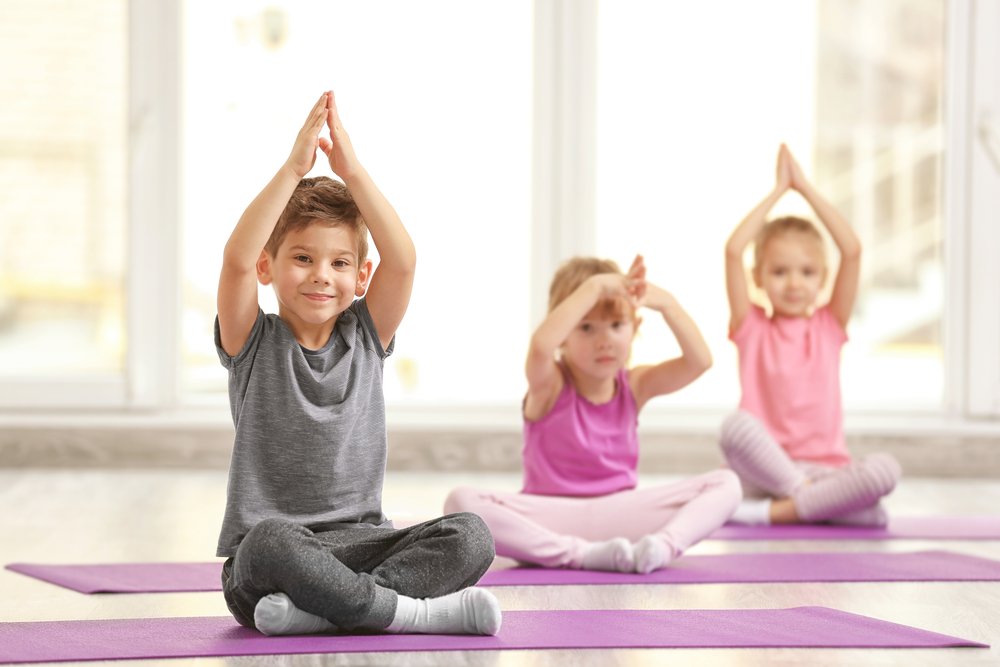Key points:
1. Mindfulness practices improve behavior and focus, benefiting children’s language development.
2. Belly breathing helps children calm down and develop proper speech patterns.
3. Kid-friendly yoga enhances concentration, self-esteem, and body awareness in children.
4. Coloring and movement breaks are effective ways to help kids refocus and release excess energy.
Practicing mindfulness is a wonderful way to improve behavior and to increase focus. Both of them are critical for boosting our children’s language. Try out these activities to work on mindfulness with your tiny friend!
- Belly Breathing
Belly breathing is an easy way to get your child focused on the here and now. That is, if your child is experiencing big feelings, belly breathing is a great way to calm down. We also need to ensure that our children know how to appropriately belly breathe so they can speak properly. Children who are not able to do this often have higher pitched voices and/or run out of breath when speaking. Luckily, it is a very visual practice! You can either sit or lie down with your hands on your stomach. You want your belly to expand as you inhale, and deflate as you exhale. Some little ones prefer lying down with a beanbag or small stuffed animal on their stomach so that they can watch the object move up and down.
- Kid-Friendly Yoga
Yoga is an awesome activity to get your little one to re-focus! Kid-friendly yoga has a ton of proven benefits for children including, but not limited to: improving concentration, self-esteem, coordination, body awareness, and giving a sense of calm. It is a wonderful activity to do with your child, but you can also allow them to practice it independently depending on their age payps. We all know the feeling of needing 20 minutes to ourselves and either turning on the TV or handing over a tablet to our little ones in order to achieve that. Now you can put on a 20-minute kid-yoga video from YouTube and let your child “tune in” instead of “tune out”. This way your child will gain the immense benefits of yoga, you’ll get a little adult break, and your child won’t become hyper-focused on a screen.
3. Coloring
Even adults are using coloring books as a mindfulness tool these days! Coloring allows children to focus on the present with a creative and productive outlet. Coloring helps kids feel relaxed, improves hand-eye coordination and handwriting, relieves stress, and is a great way to build language. You can color with your child and chat about your pictures, ask questions, or provide directions. You can also use coloring as quiet time when you need your kid to re-focus.
- Movement Break
When your child is experiencing big feelings –it’s best to remove & move! That is, remove them from the upsetting situation and get their body moving. It can be as simple as doing some wall pushes, shaking out your arms, doing some jumping jacks, or running it out. Sometimes the feelings are just too big for our bodies and we need another outlet to release the energy. Movement breaks are also wonderful when kids are feeling overwhelmed or are unable to focus. I personally find that dance breaks are the perfect solution for those times!









7 Responses
Hi,
At what age do you think we can start doing mindfulness exercises?
Thanks!
Hi Marta! Mindfulness exercises benefit children of all ages, these in particular can be more appropriate for children above 2 years old.
At what age we can start doing these activities with our kid?
Hi there! These activities can benefit children of all ages, but generally it’s a good idea to try them with children above 2 years old.
I have a 3 year old and she more playing and full of Energy so what can I do